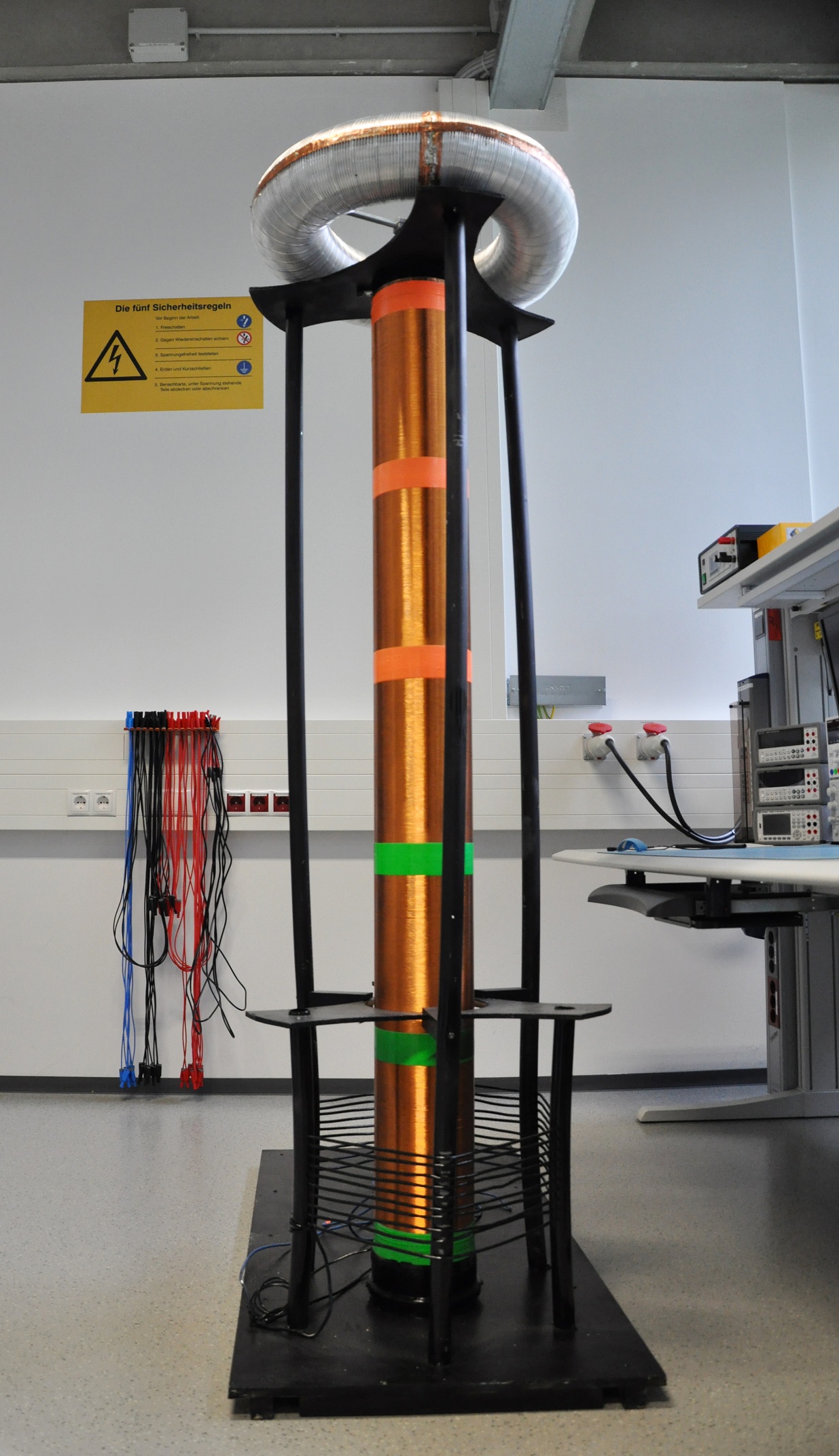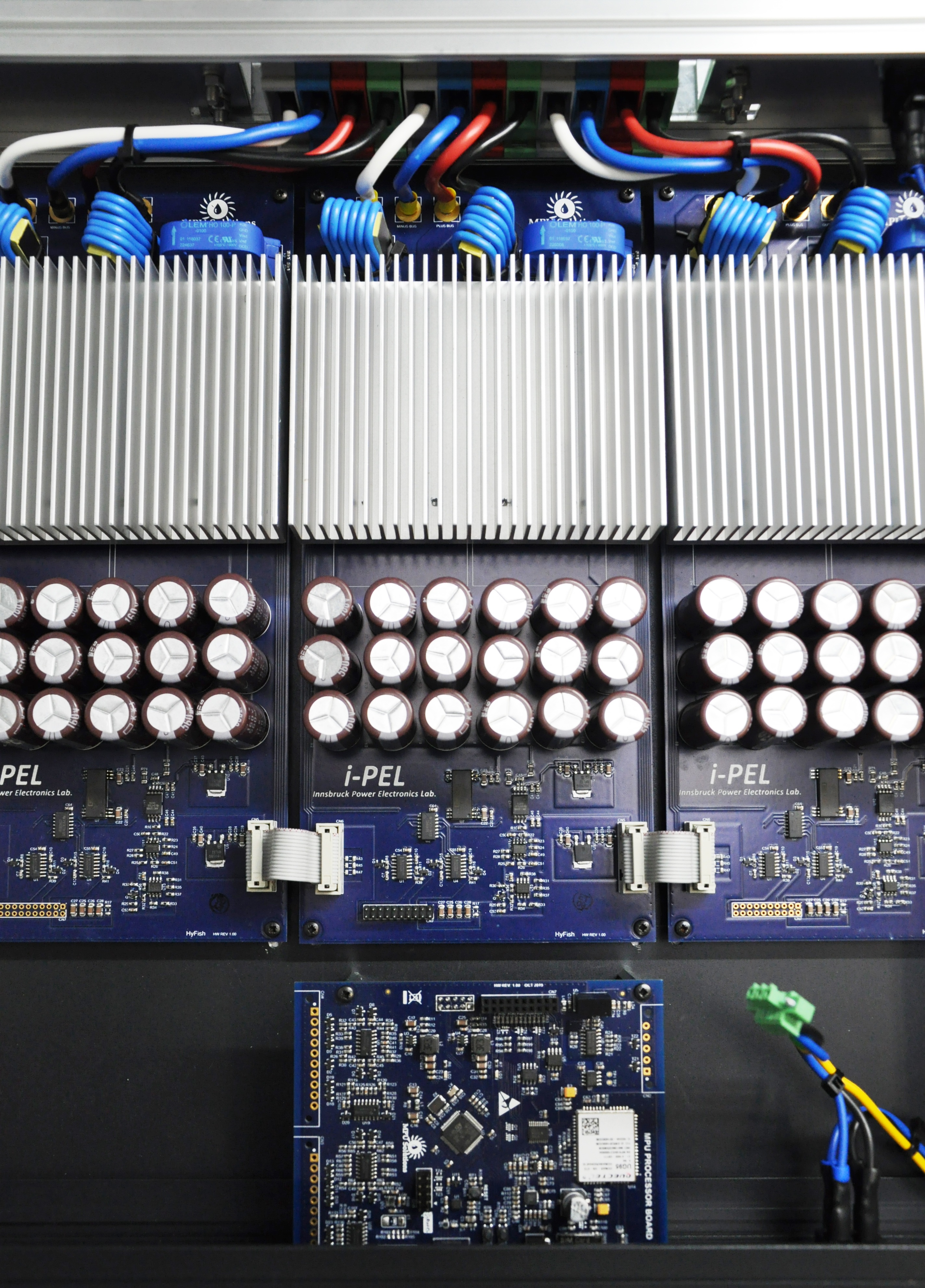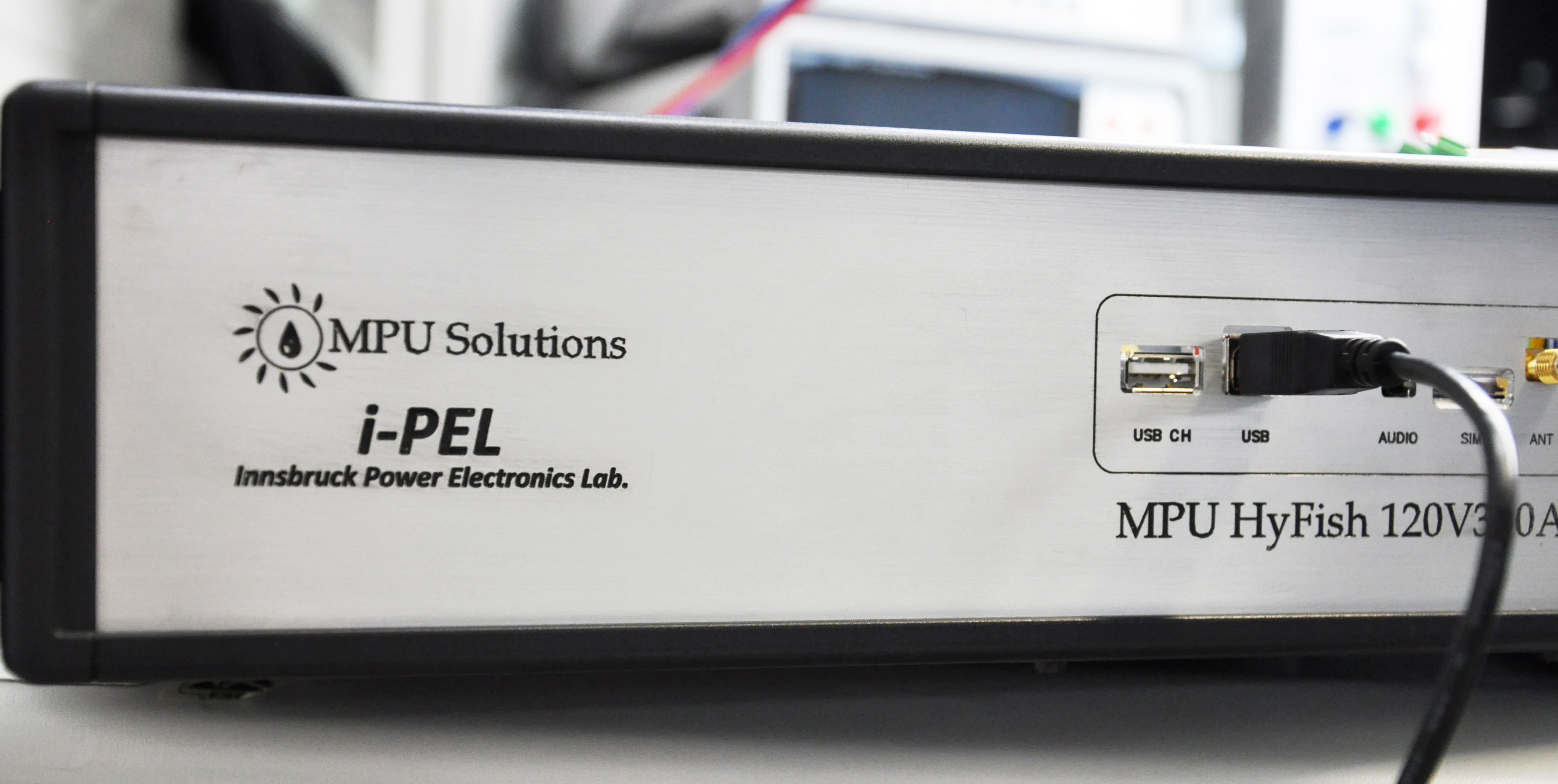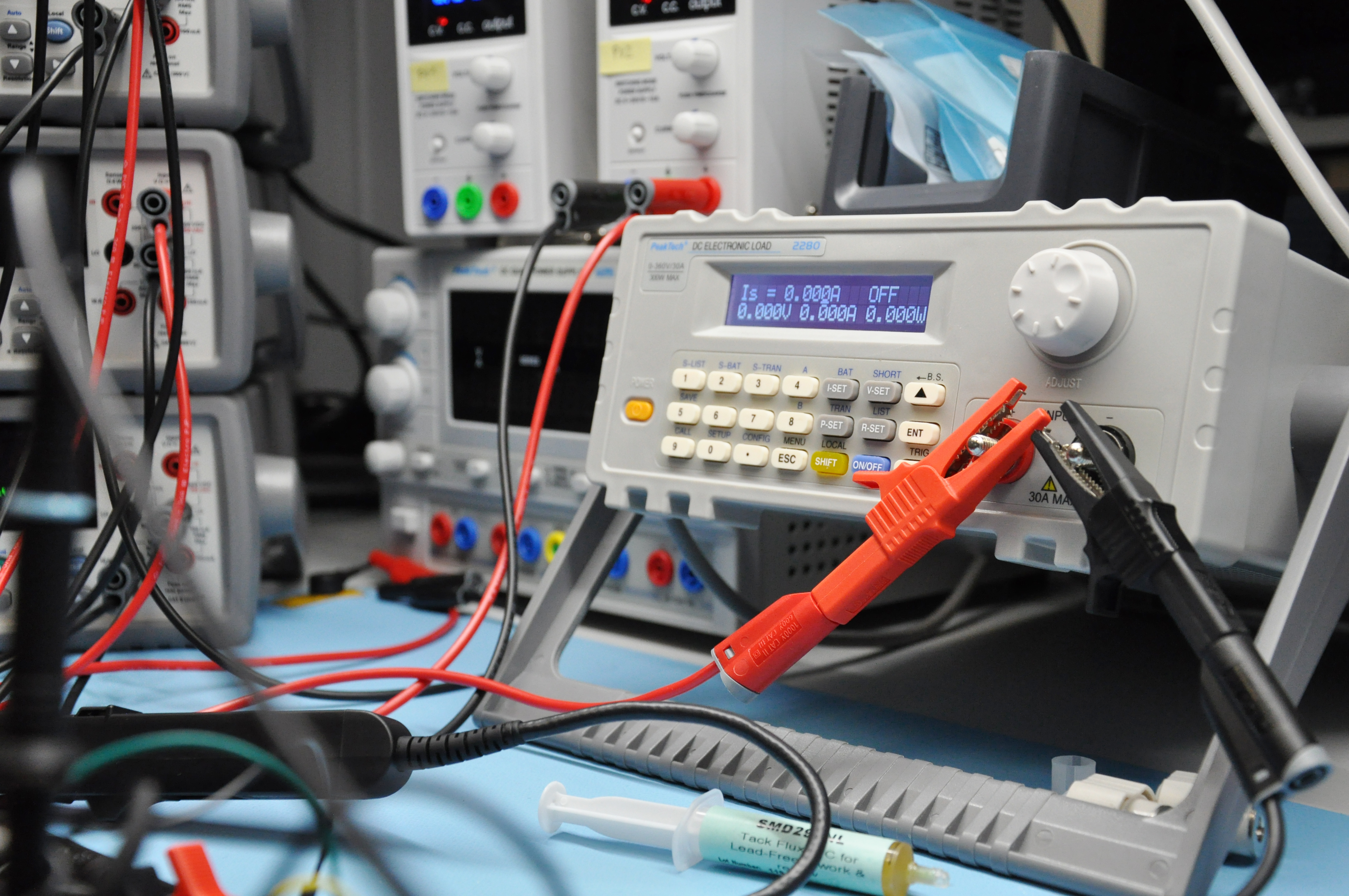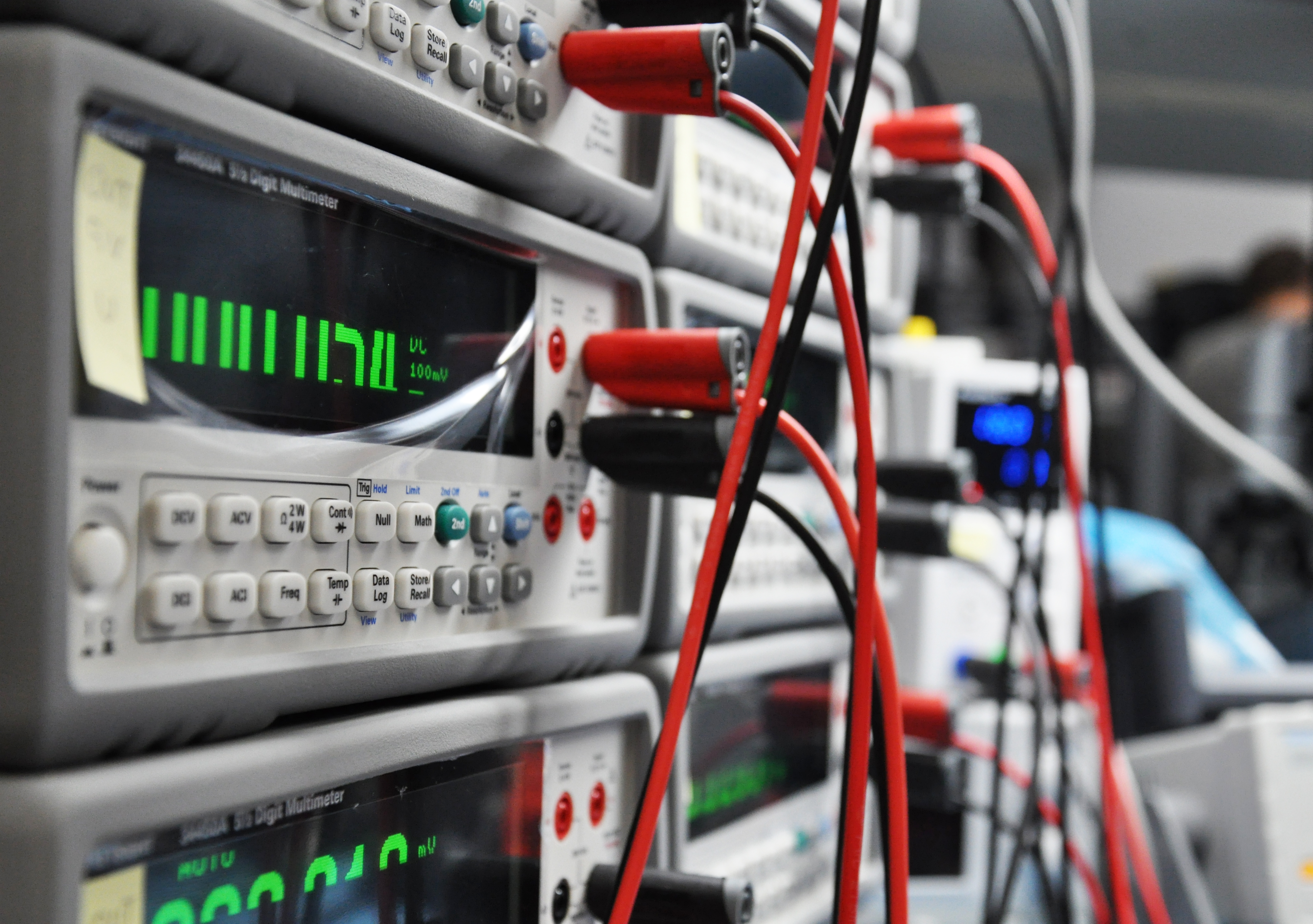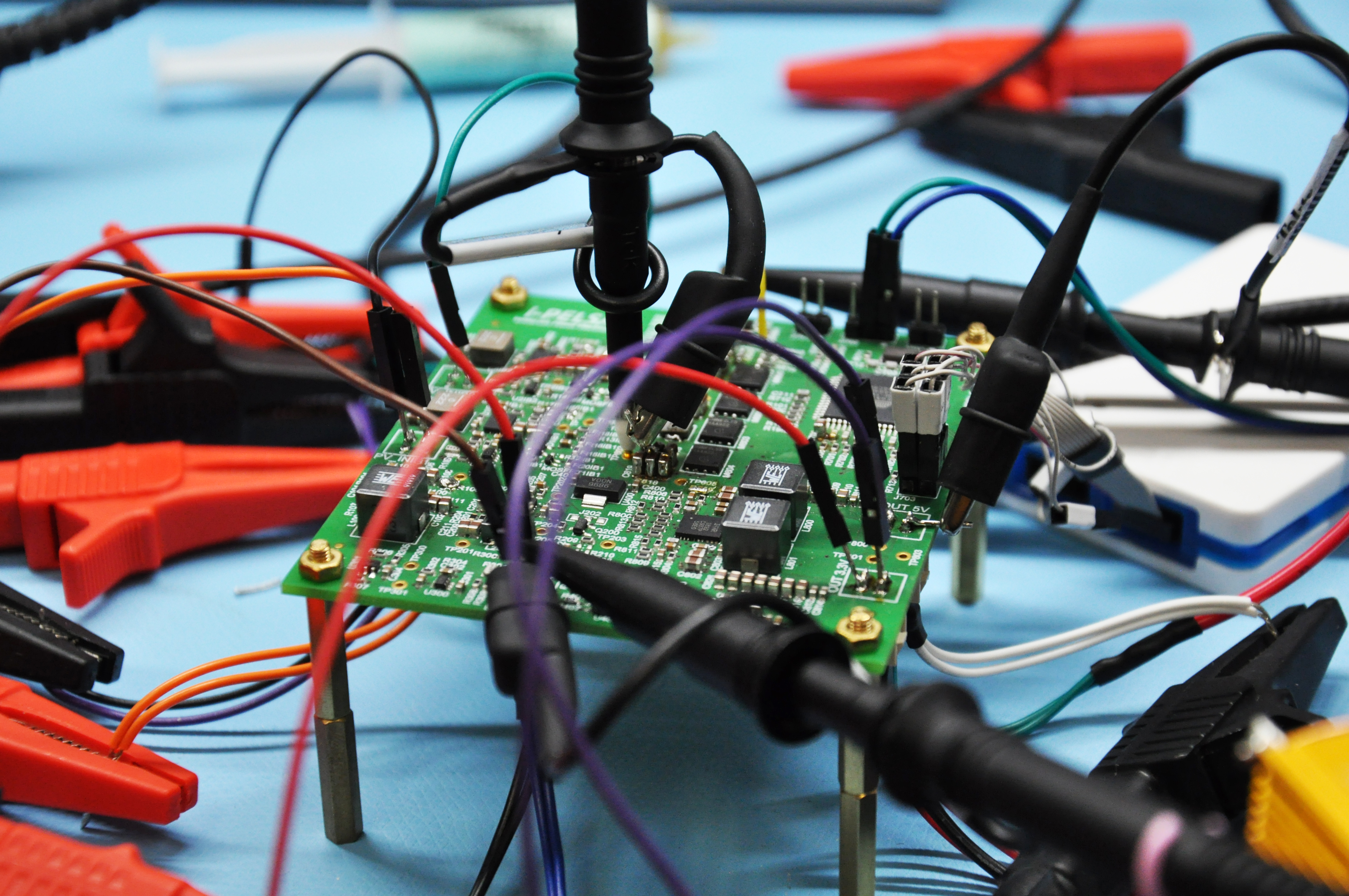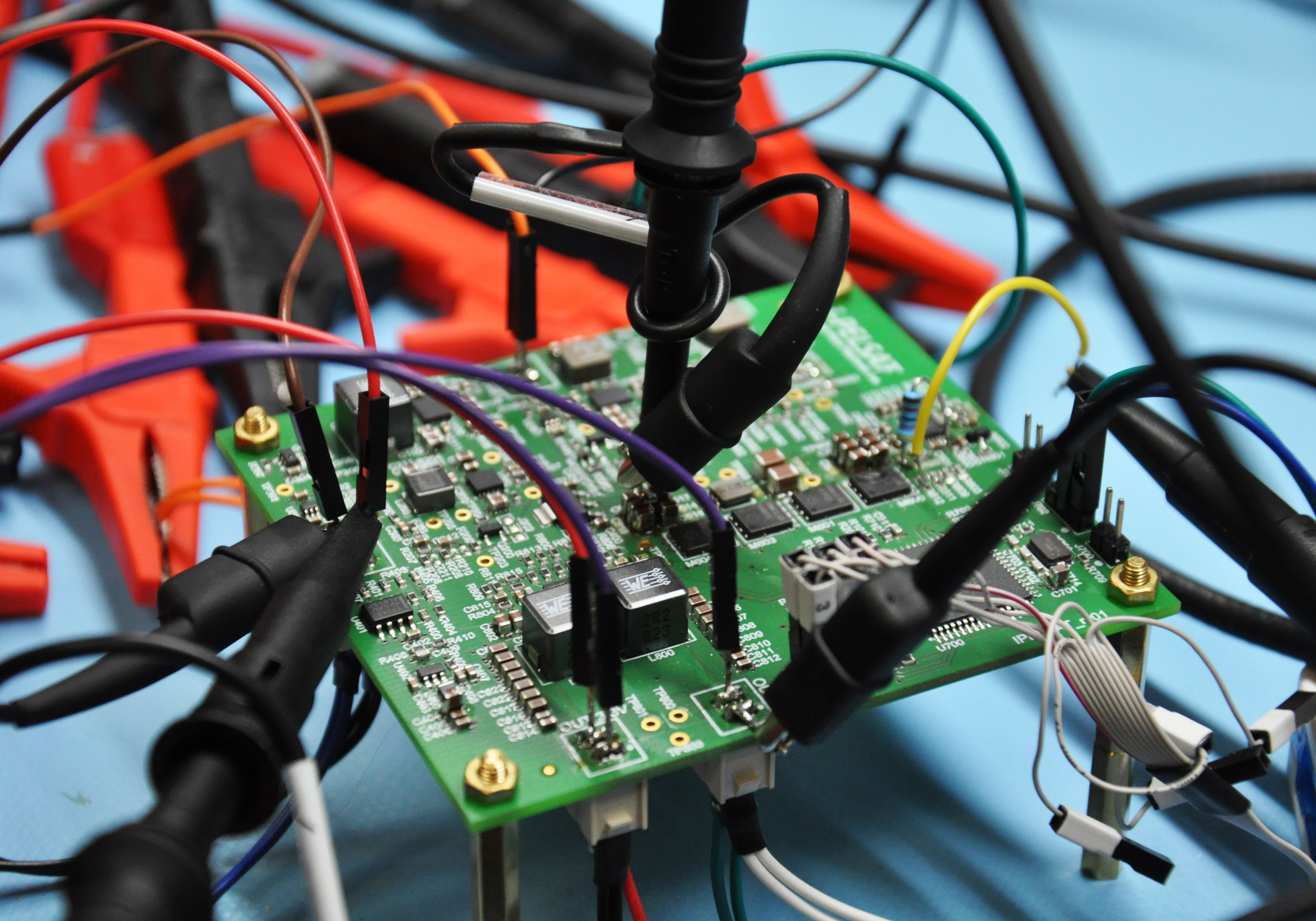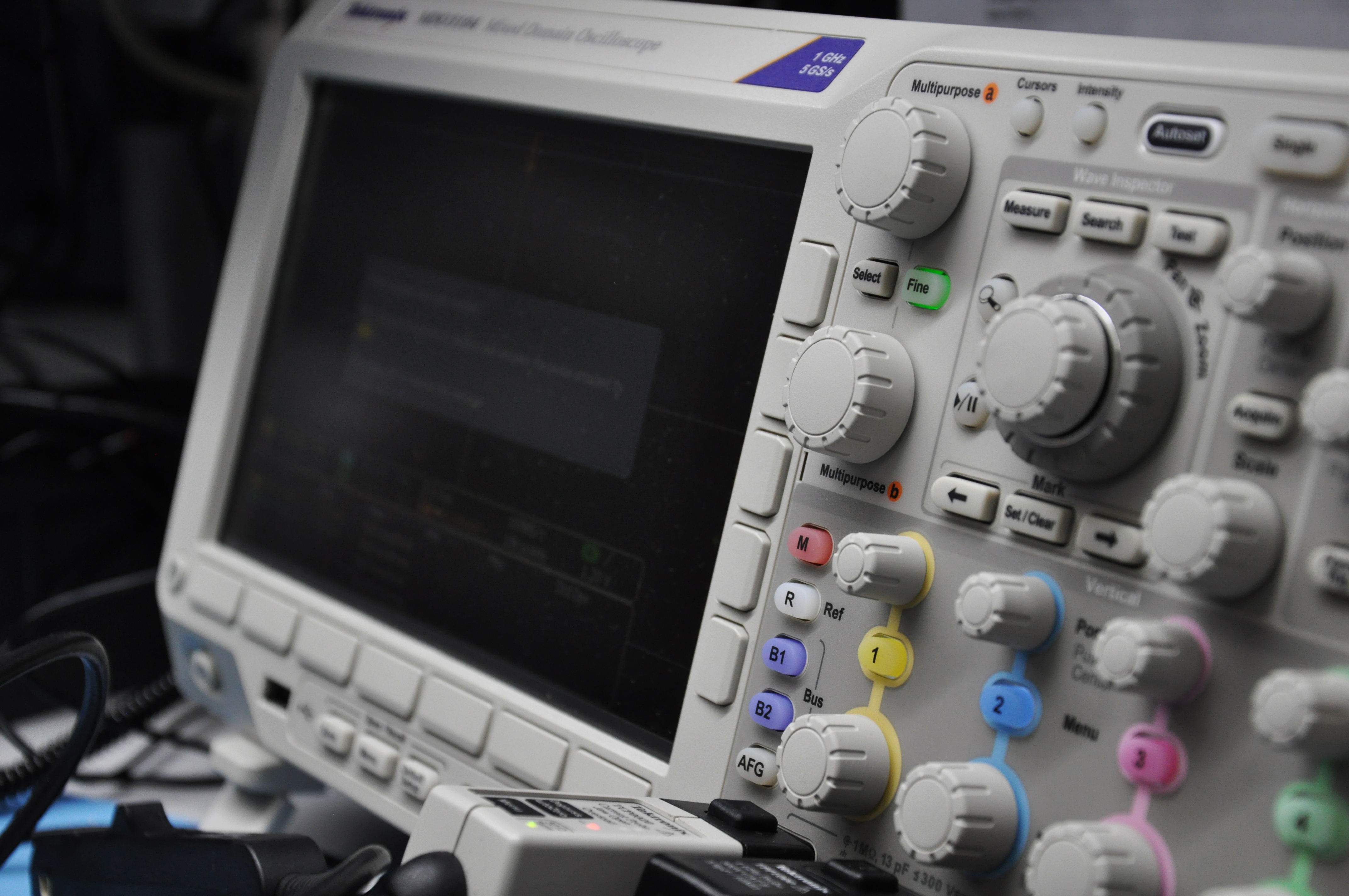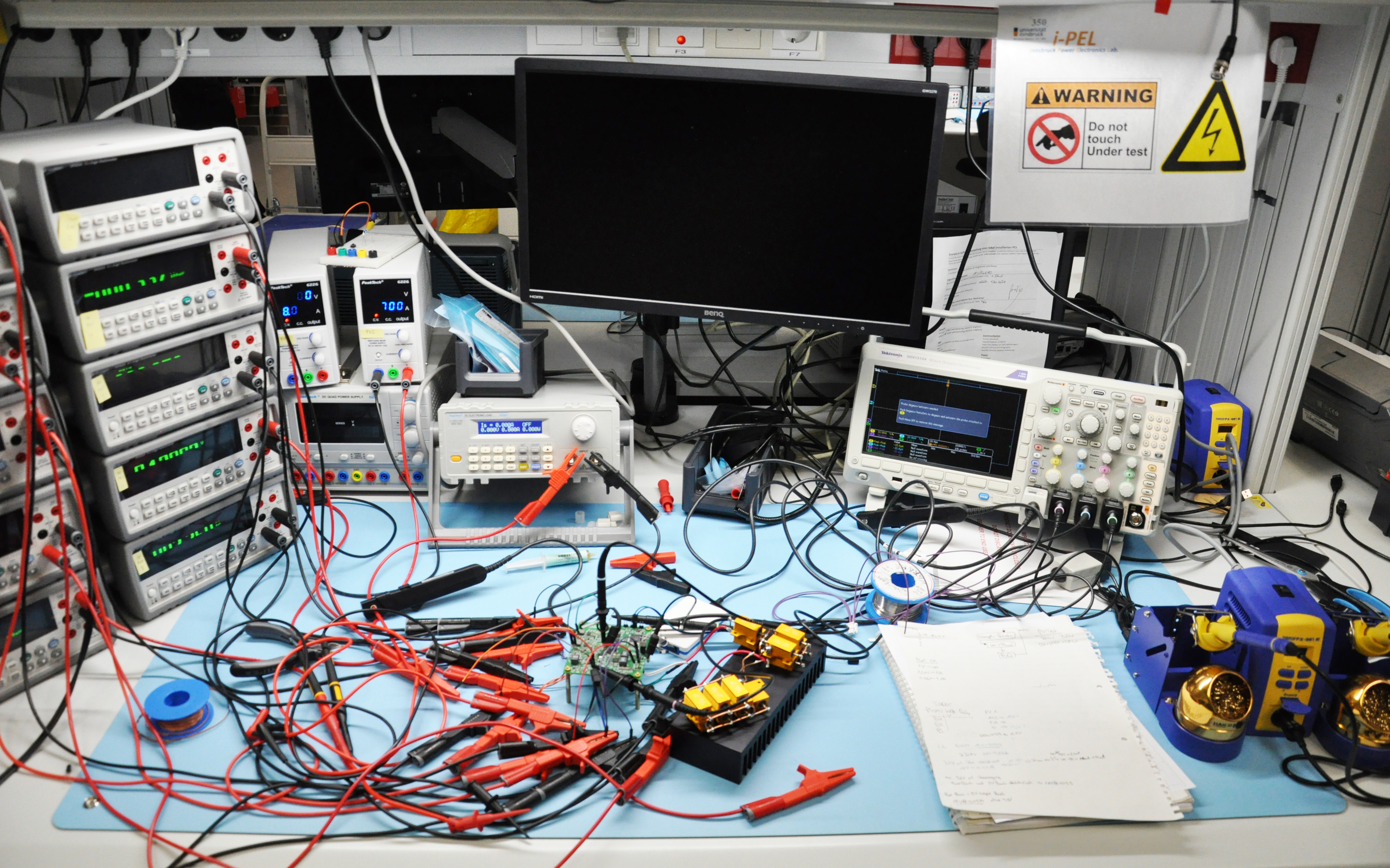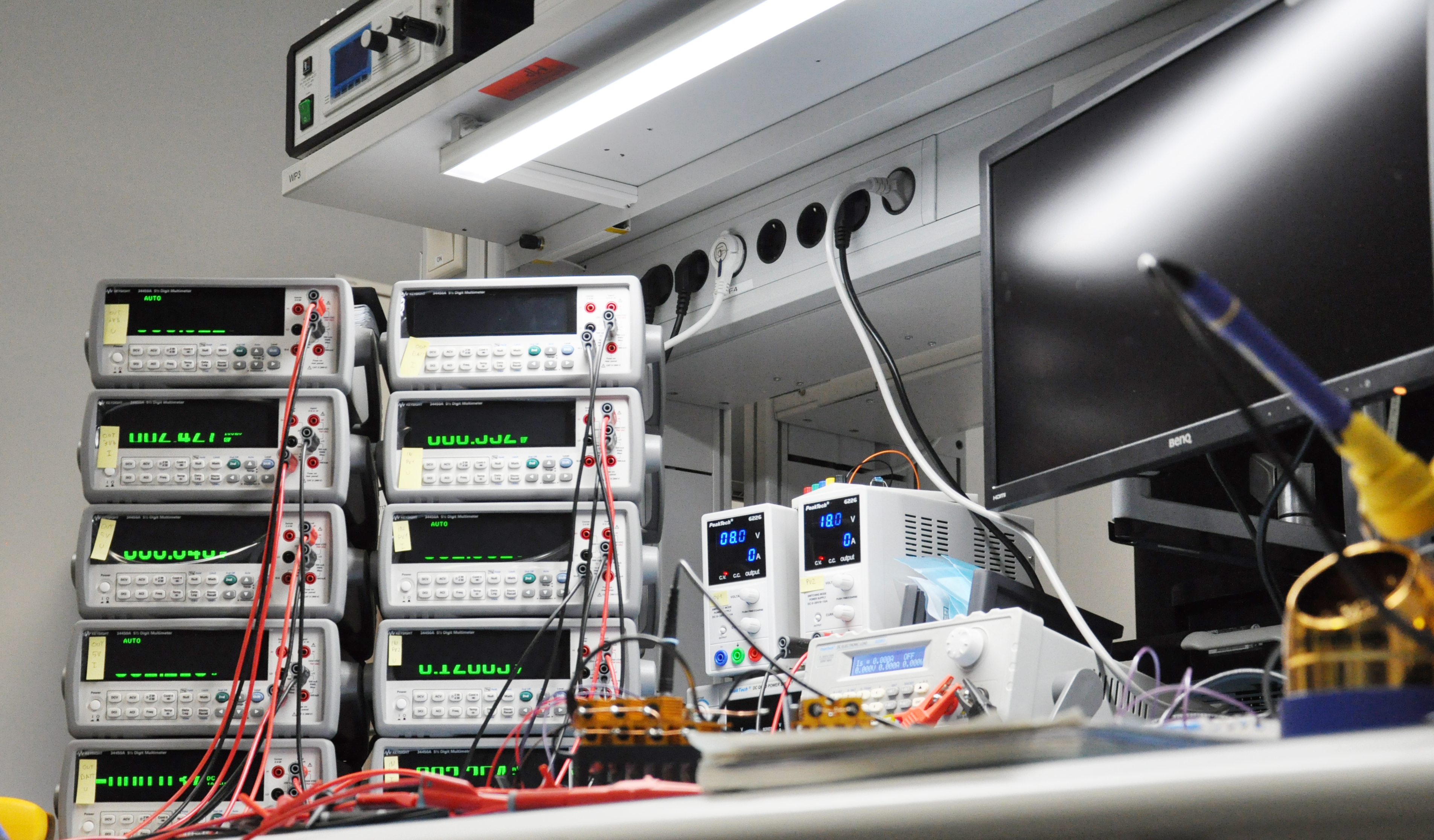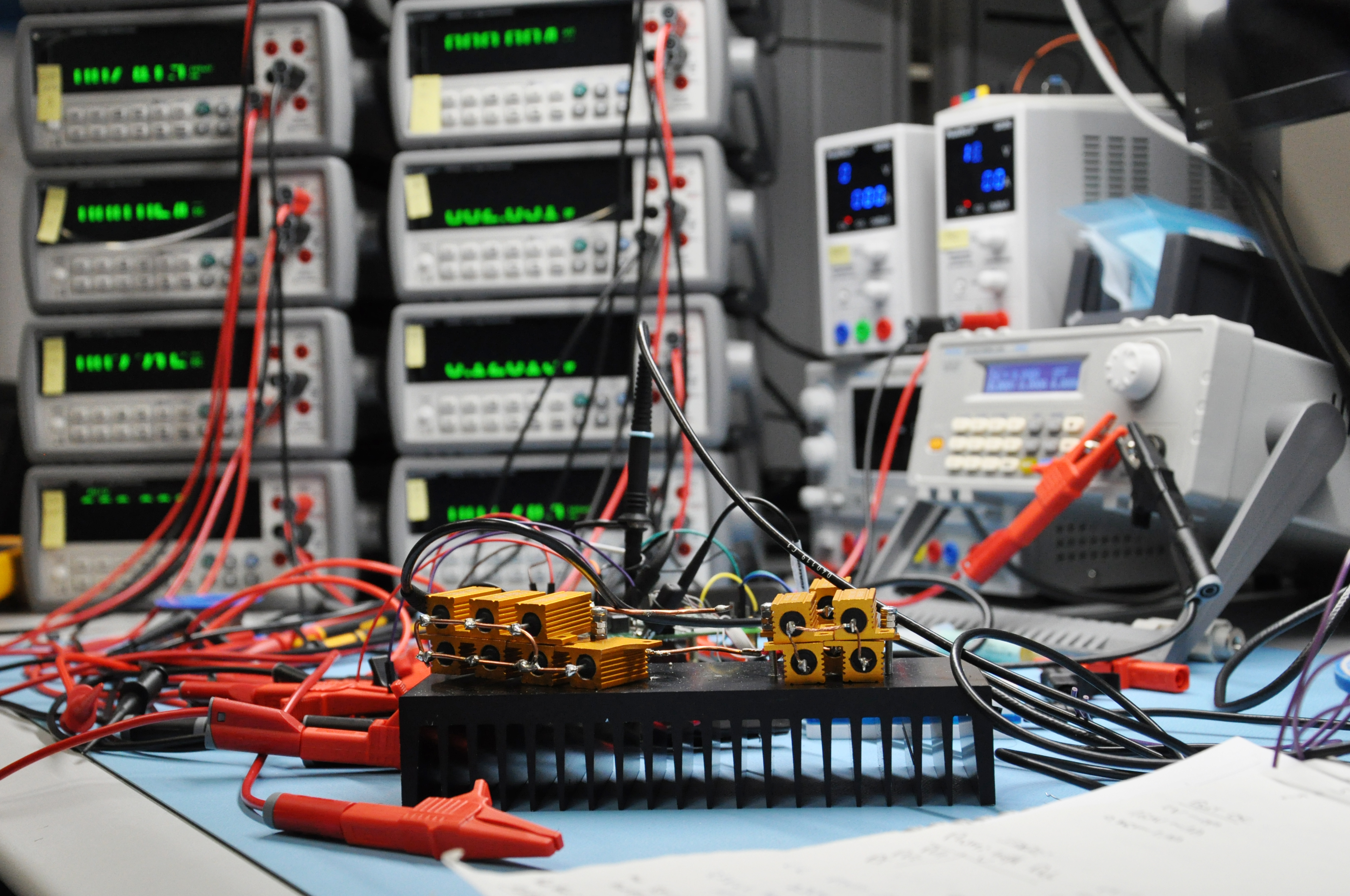This work focuses on the design of a DC-DC converter used in an automated guided vehicles (AGVs) application, to filter high peak power stress during operation by the use of a super-capacitor module. This ensures a filtered and constant battery power, which should reduce the battery stress and increase the battery lifetime. In addition, partial power processing is implemented to increase the efficiency, as only a part of the power is processed by the converter.Initially, different hybrid energy storage systems (HESS) will be analyzed and compared in detail. HESS in this application consist of a battery and a super-capacitor. The aim of this work is to understand and analyze how the recuperated energy due to the braking of an AGV can be fed into a super-capacitor with the lowest possible losses. The battery and the interface converter are out of the scope of the thesis and will not be considered.The braking process will be analyzed in detail to determine the worst-case condition and design the parameters of the converter in this worst-case. Based on the defined parameters, various design options are considered to improve the design, such as the parallelization of switching cells, the use of interleaving or multi-cell converters. Interleaving reduces the stress and size of filter inductors and filter capacitors, which will be explained in more detail in the following chapters.In addition, the design of the super-capacitor is described, based on the current and voltage load capability. A voltage balancer circuit is designed to keep the split DC bus voltage constant and equal to the half of the full DC bus voltage.In continuation, the Altium PCB design will be described in detail. The schematic and the layout are created, followed by a list of components that will be placed on the PCB.And finally, the results of a real-time simulation implemented in the RT box and measurements during the testing of PCB are presented. The final chapters of the thesis summarize the conclusions and the outlook of the work.
Finished Projects
Projects with Picture Gallerys
Bachelors Master and PhD thesis
Bachelors
Induction Generator in small Hydro power plants - Fabio Palanga
-Abstract
This thesis will take a closer look in the modelling and control approach in order to obtain
a cheaper and elegant alternative to synchronous generators in small hydropower plants.
It will give a closer look into the control theory of back to back converters as well as the
whole control of the a hydropower plant. A brief explanation on the application purposes
of the thesis is given with some suggestion on when and where to use such an approach
will be explained and given.
An explanation on how to control such a Back to Back converter for an induction machine
is explained and a model reduction to a small signal model will be explained, for the
calibration of the PI controller.
Abstract
By 2030, the European Commission intends to halve the use of pesticides in agriculture
with the approval of the new Green Deal policy. The probable consequence of this ini-
tiative is that the yields of agricultural crops will decrease and among these, the most
affected will be the production of European apples.
In regions such as Trentino-South Tyrol where apple growing is a real economic
engine, this initiative would jeopardize the existence of both local farms and that of
industries closely linked to this sector. Given that currently it is not possible to do without
the use of pesticides, thanks to the introduction of new technologies such as electrostatic
spraying, the amount of their use can be drastically reduced by decreasing drift and
dispersions in the environment.
This thesis proposes the design and part of the implementation of the prototype of
an automatic battery-powered sprayer capable of replacing the fossil fuel agricultural
vehicles used for the current spraying of apple orchards.
After a general overview of the problem and the proposed solution on which the
entire work focuses, the first part provides the basis for understanding the functioning of
the subsystems of a sprayer. In particular, the fundamentals necessary for the design of
the electromechanical system with relative control are treated, which includes the motors,
the drivers and the energy storage device.
The second part establishes the method used for the design and implementation of
the final prototype with particular regard to the definition of the parameters, the sizing
and the selection of the components used.
Finally, the last part proposes the implementation and testing of the electromechani-
cal system of the prototype with particular regard to the tests carried out for battery cells
recovered from an old battery pack.
Any disadvantages and limitations of the prototype are discussed in the concluding
section with regard to possible improvements on its future development.
Videos Images
Masters
Analyse und Design eines Automotiven 48V zu 12V DC/DC Konverters- Andreas J. Hanscheck
Abstract
The European CommissionsCO2limits represent a challenge for the automotive indus-try that can no longer or hardly be achieved by conventional engines alone. This leadsto the need for alternative drive concepts that make it possible to drastically reduceCO2emissions during operation. One of these concepts is the hybrid technology which makesit possible to provide the energy from fuels and electrical energy for the drive. In order toreduce the ever increasing demands on theCO2emissions of combustion vehicles, hybridtechnology has established itself in vehicles. These vehicles use the energy from fossilfuels and electrical energy to power the vehicle. [23] To make better use of electricalenergy, the electrical system of the vehicles is therefore being extended by a additionalbus system. In the case of a mild hybrid vehicle this is a 12 V bus and a 48 V bus. The 48V batteries of the hybrid vehicle are charged by a 48 V generator. For reasons of space,cost and efficiency, the entire power supply must be provided by the 48 V generatorwhile driving. Since it is not possible to connect the 12 V bus with its storage directly tothis generator, a connecting link must be established between the two bus systems. Thisinterface is provided by a 48 V/12 V bidirectional dc/dc converter. This is to stabilizethe voltage level of the 12 V bus and provide the required voltage to charge the 12 Vbattery if necessary. Under certain conditions, such as acceleration or starting, energymay be transferred from the 12 V bus to the 48 V bus. This is one of the reasons why theconverter is bidirectional
Development and Design of an Interface Energy Storage Power Converter for Robotic Applications - Erwin Jesacher
